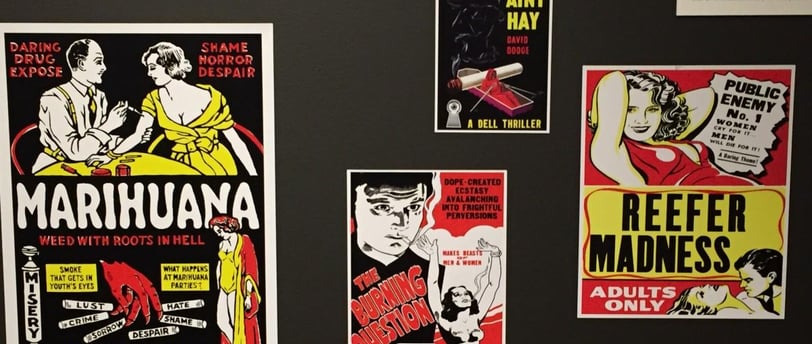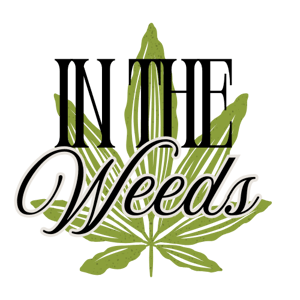Cannabis in Pop Culture
From Jazz Joints to Netflix Nights
In The Weeds
2/15/20212 min read


Cannabis has been puff-puff-passing through pop culture longer than you might think. Before it was a punchline in buddy comedies or the centerpiece of your favorite stoner meme, it was already setting the rhythm in jazz clubs, fueling the Beat Generation, and low-key influencing entire genres of music, film, and fashion.
The story starts in smoky speakeasies of the 1920s and ‘30s. Jazz greats like Louis Armstrong and Cab Calloway weren’t just innovating music—they were also early cannabis advocates, even if they had to hide it behind codewords like “muggles” and “gage.” For them, cannabis wasn’t just recreation—it was part of a creative process, a tool to break rhythm rules and chase improvisational magic.
Flash forward to the 1950s, and you’ve got the Beats—Kerouac, Ginsberg, Burroughs—lighting up joints and existential thought in equal measure. Cannabis became a symbol of rebellion, introspection, and anti-establishment vibes. It was the fuel for poetry read aloud in dim cafes and cross-country road trips with no destination except self-discovery.
By the time the '60s rolled around, weed had woven itself into the tapestry of the counterculture. Woodstock, Vietnam protests, flower power—pot was no longer just a subcultural secret. It was a statement. Bob Dylan smoked with The Beatles, Hendrix played under a psychedelic sky, and Cheech & Chong turned stoner life into cinematic legend.
The '90s and 2000s? A golden age for the cannabis-comedy crossover. Think Half Baked, Friday, Pineapple Express, and basically anything with Seth Rogen or Snoop Dogg. But behind the laughs was a growing normalization—weed was becoming less of a taboo and more of a personality trait. Your dealer had a MySpace. Your grandma maybe tried an edible. Things were changing.
And then came the wellness wave. CBD bath bombs. THC microdosing. Yoga + cannabis retreats. Today, cannabis isn’t just for getting baked—it’s for getting centered. Or focused. Or sleepy. It’s as much a part of your skincare routine as your Netflix queue.
Streaming platforms helped too. Shows like Disjointed, Broad City, and High Maintenance rebranded cannabis users as relatable, even aspirational. Meanwhile, documentaries and books took a deeper look at the War on Drugs, the racial disparities in enforcement, and the industry’s complicated path to legalization.
Today, you can walk into a dispensary that looks like an Apple Store, buy terpene-rich flower with notes of citrus and pine, and chat with a budtender about cannabinoid ratios like you're pairing wine with dinner. Cannabis has gone from counterculture to curated.
Of course, pop culture reflects—and often leads—what society is willing to accept. Cannabis still has work to do in terms of social equity, criminal justice reform, and normalization across every state and community. But its image has come a long way from the villainized shadows of “Reefer Madness.”
From jazz joints to Netflix nights, cannabis has always had a seat at the creative table. It’s just that now, it’s sitting up front—with a CBD latte, a rolling tray, and maybe even a production deal.


